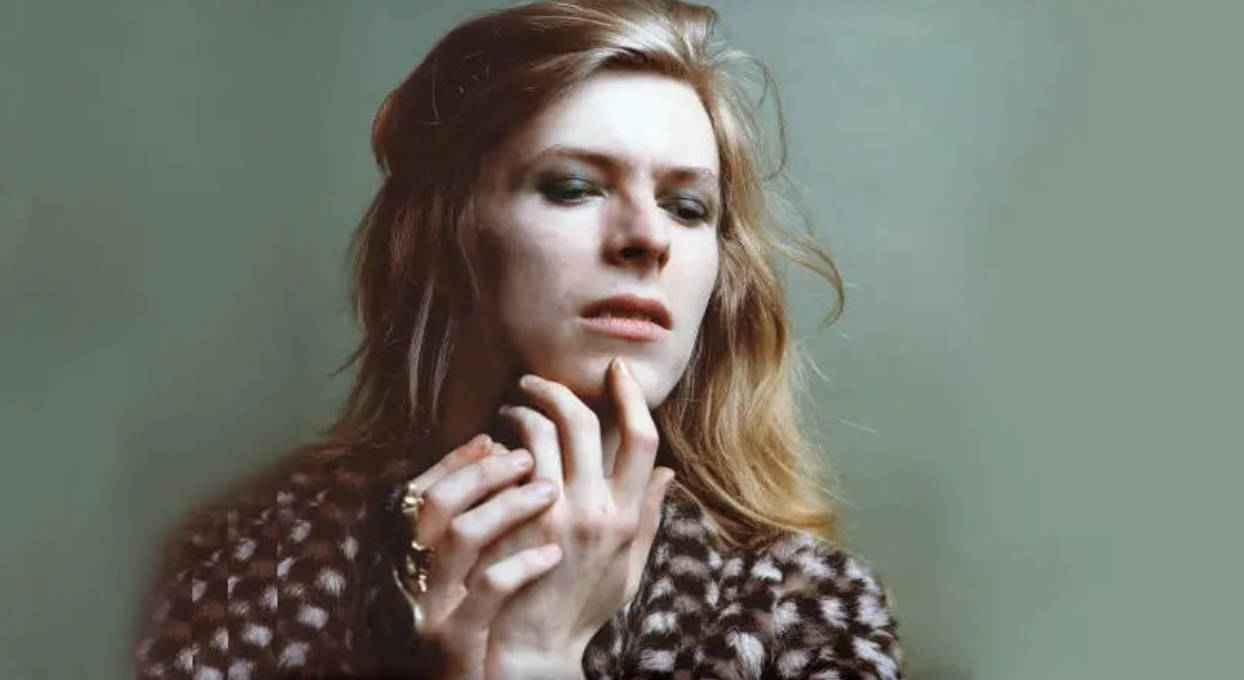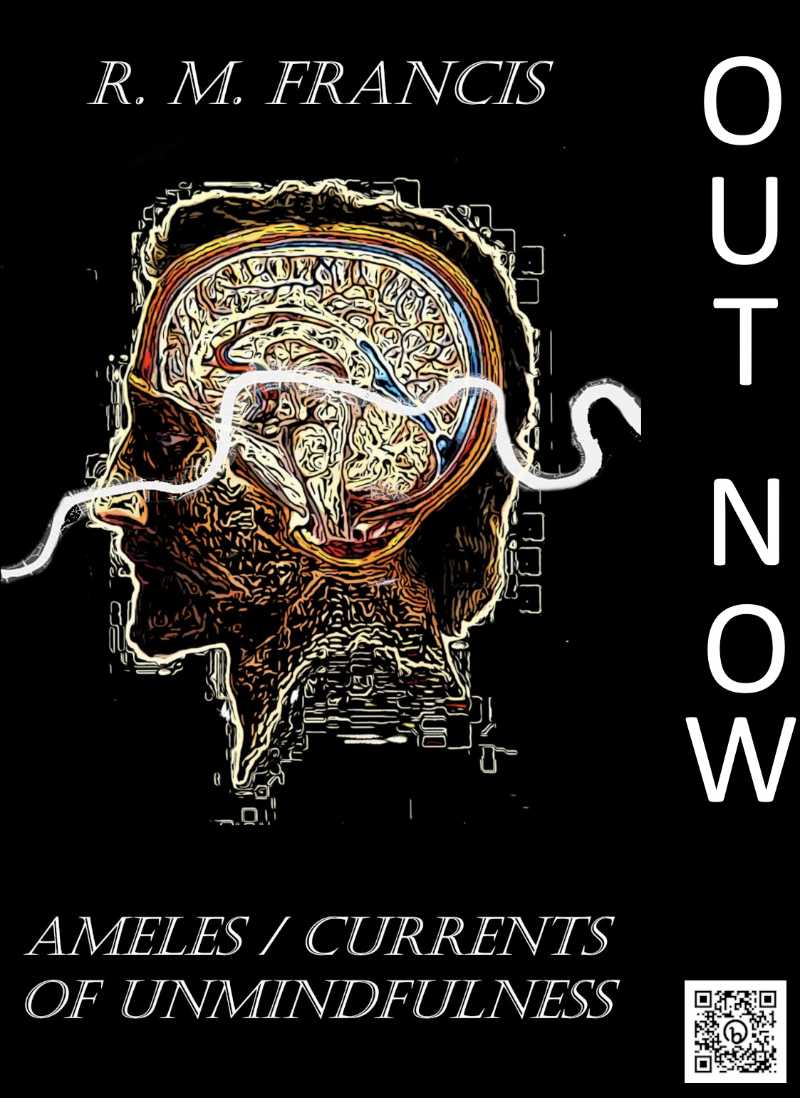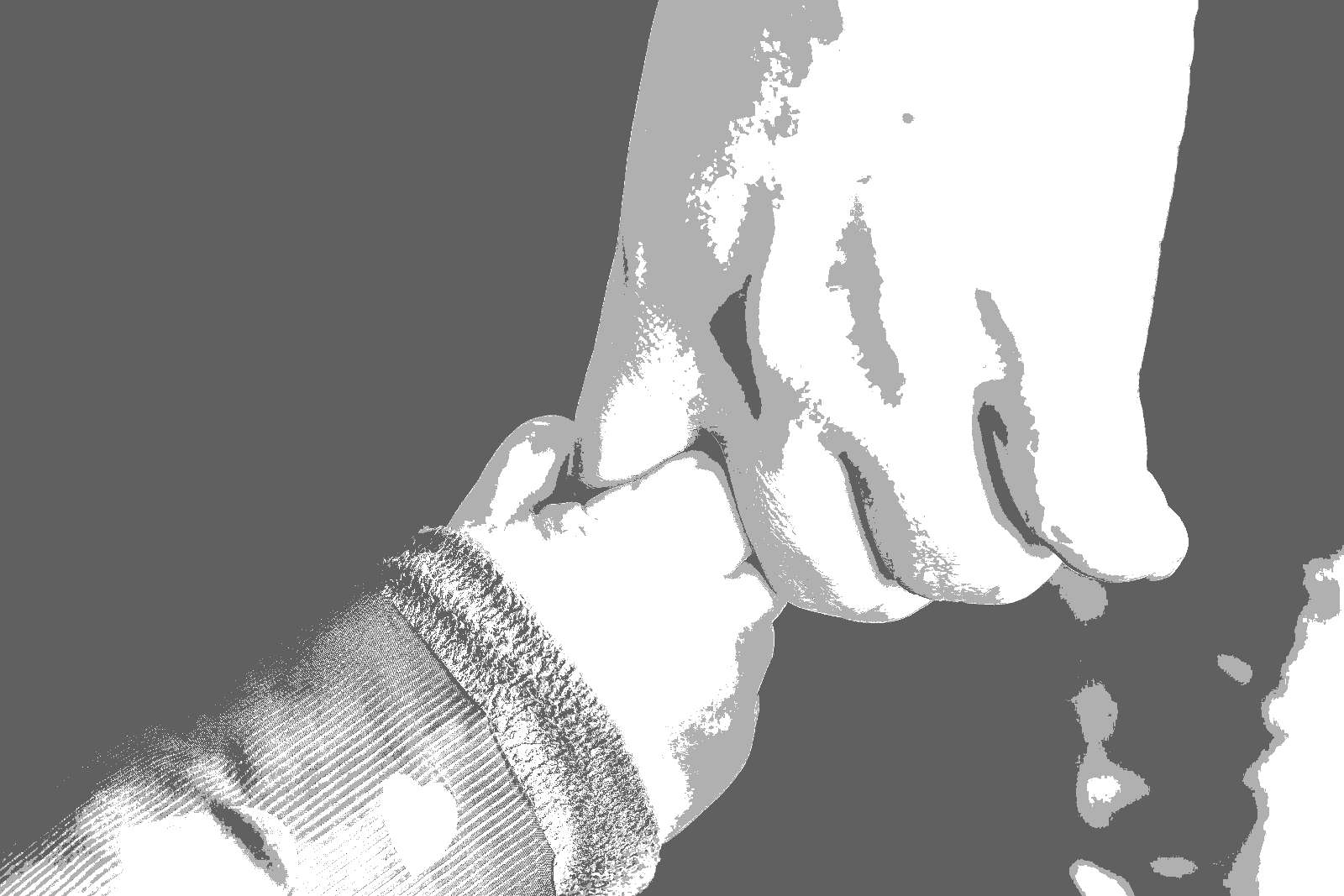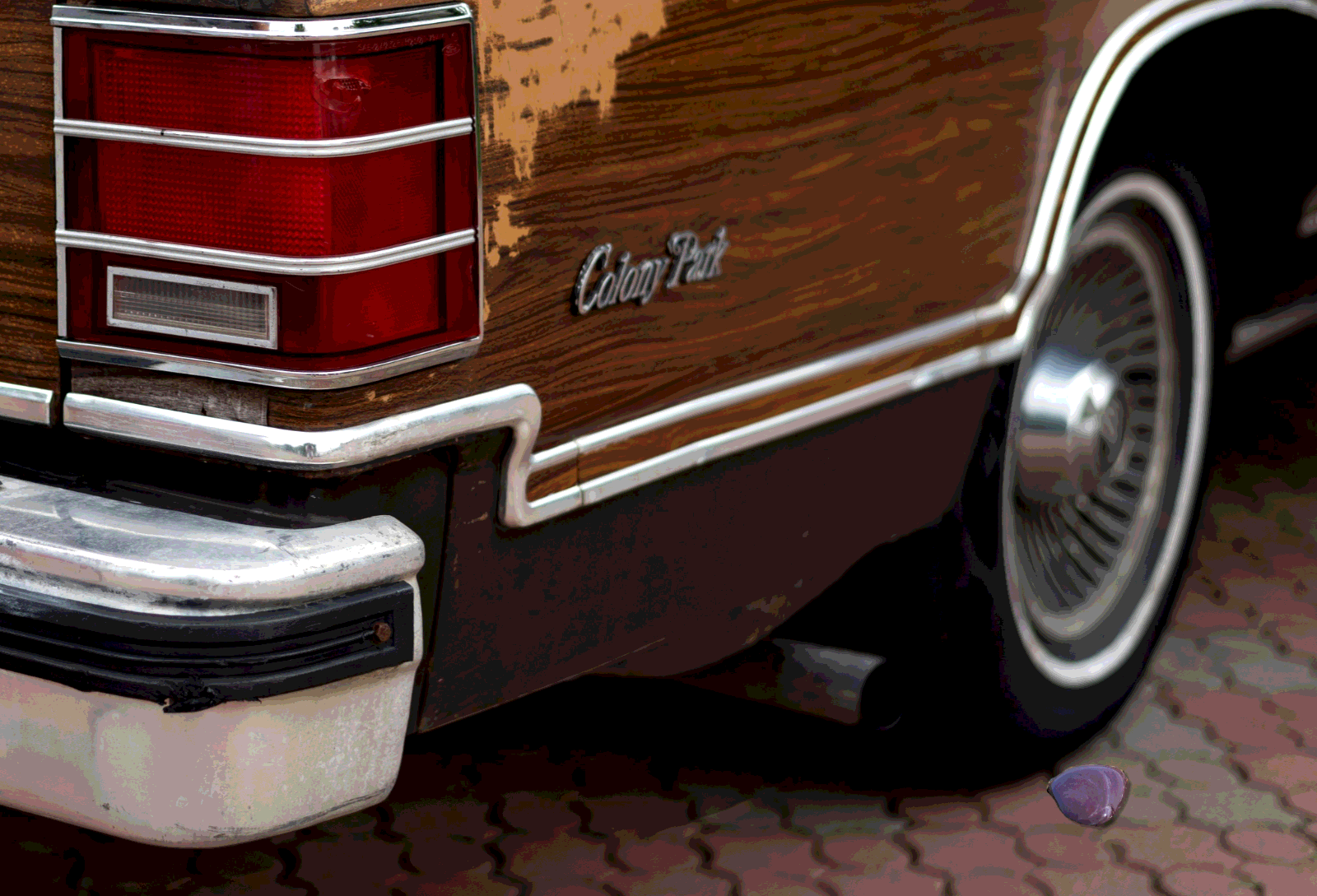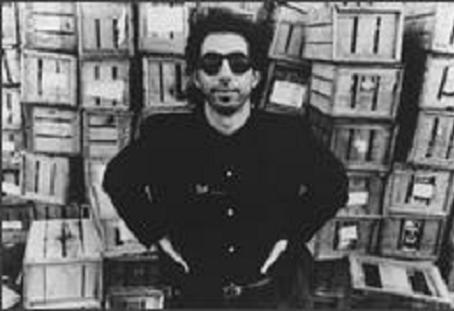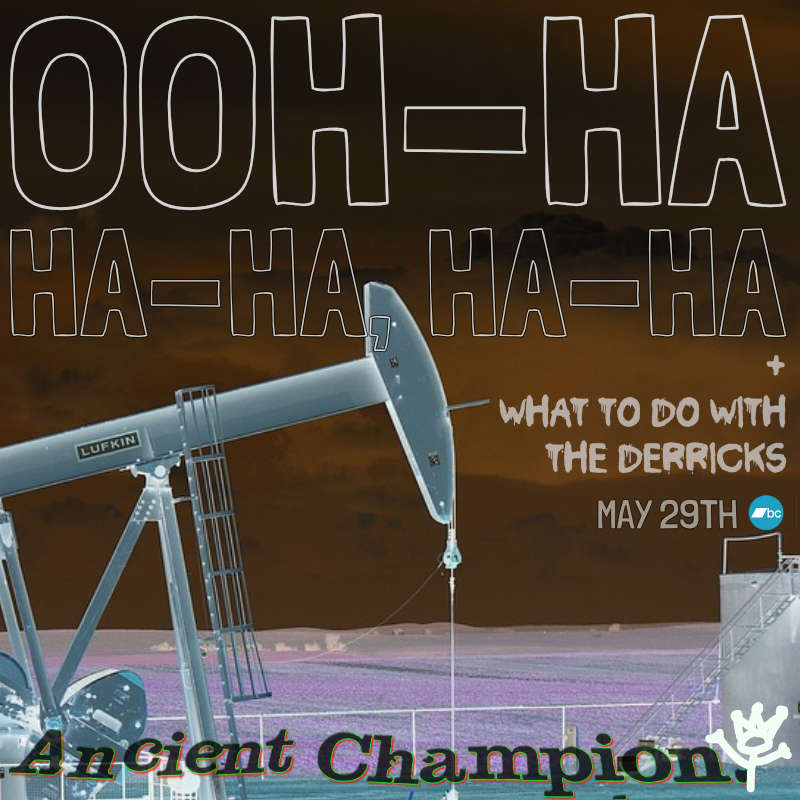David Bowie would’ve turned 75 years old this weekend if he were still alive, although he’s still here to me. He was born in 1947, but his pursuit of rock and roll glory began 16 years later in 1963 when he left technical school, quit the Konrads (a mod band he founded a year earlier), and informed his parents that he was off to become a pop star.
Approximately six years later on October 2nd, 1969 after a series of starts, stops, and experimentation, Bowie did it. He became a bona fide pop star. It was the night Brittan’s teens first saw him perform “Space Oddity” on Top of the Pops. That mimed performance propelled the flailing single off his sophomore album from triple digits to number 4 with a bullet the following week on the UK midweek singles charts.
The album that “Space Oddity” came from didn’t offer much else at the time in regards to chart positions or media attention. Today, it’s easy to cite how important “Cygnet Committee” was to the narrative of his songwriting career, but in the weeks that followed, when proven entities like The Beatles, Led Zeppelin, and The Rolling Stones each released landmark albums, the British music charts no longer had the patience for Bowie’s wide-eyed hippy missives.
As Abbey Road, Led Zeppelin II, and Let It Bleed were released in rapid-fire succession after Bowie had just gained a bit of footing, most kids forgot about “Space Oddity.” The writing was clearly on the wall: Syd Barrett was gone and British psychedelica was over.
As Britain's musical atmosphere became heavier in 1970, Bowie pivoted… again. His third album, The Man Who Sold the World featured the singer strewn on a fainting couch in the satin housecoat your gran wore when she used to fix you breakfast. From idealistic hippy to a bored transvestite in one move. Suddenly, everything changed.
Bowie’s music finally developed teeth. The first sound of The Man Who Sold the World comes from Mick Ronson’s piercing, distorted Les Paul. The drums sound different, too – they have balls, bollocks, whatever you call them. When you hear it, you know.
In a couple of years, Mick Woodmansey and Ronson are going to play key roles in helping Bowie sell the Ziggy Stardust mythos. The Spiders from Mars will help lift the 25-year-old from a novelty one-hit wonder to a reigning rock and roll heavyweight, going toe-to-toe with well-established sluggers like Lennon and McCartney, Plant and Page, and Jagger and Richards.
But before all that happens; before Ziggy, the Thin White Duke, and the rest, Bowie had already written a strong cache of material. Unfortunately, most of it never gets listened to. England’s kids only had enough love to give to one twee music hall act: the Small Faces. Davy Jones would always drift in their wake.
During his race with the Small Faces, the songs Bowie wrote were released as one-off singles and b-sides, while others ended up on his first album. His self-titled debut LP resulted in sounding like a confused kid going in several directions at once, looking for a voice. Decades later, Bowie would admit that his debut was foggy. “[It] seemed to have its roots all over the place,” Bowie told Mojo magazine in 2007. “In rock and vaudeville and music hall. I didn't know if I was Max Miller or Elvis Presley."
Once Bowie fully threw himself into glam rock’s excesses (the eye shadow, the spangled bodysuits, the mountains of cocaine), there was no time to look back. England’s newly-minted bisexuals did not want to be reminded about Bowie’s laughing gnome material or his stint as a mime. He was probably astonished how quickly the kids forgot about how he wanted to become Anthony Newley only five years earlier.
# # #
By the year 2000, Bowie had just turned 53 and he was back in favor with his core fanbase as well as the press. After a handful of patchy albums in a row, Bowie’s Hours sounded comfortable and familiar. It drew favorable comparisons to Hunky Dory, which was a welcomed return after his recent foray into industrial and electronica.
That familiarity carried Bowie into a headlining appearance at Glastonbury in 2000. Glastonbury was a pivot, too. Dressed in a knee-length frock and wavy blonde hair swept to the side like Jayne Mansfield, Bowie looked just as he did on the cover of The Man Who Sold the World. (Only the housecoat was an Alexander McQueen.) The long-haired optimist had come full circle.
The acclaim of Bowie’s Glastonbury appearance would work itself into his next album. Maybe due to the warm reception he got when he peppered his recent setlists with pre-Ziggy numbers, the new album – Toy – would consist solely of material he wrote between from 1964 to 1971. Pre-pop star Bowie.
Immediately after the Glastonbury gig, Bowie summoned his show-honed band into the studio and reworked some of his dated, lightweight ‘Swinging London’ material into butched-up rockers.
There was little rehearsal or mulling about arrangements, the band knocked out 13 songs in 9 days. They didn’t even listen to the originals as a reference point. Bowie wanted Toy to be a proper studio album, his 22nd, and he wanted to release it immediately to fully realize the immediacy of its inspiration.
(Toy was to be a “surprise album” before those things existed, predating Radiohead's In Rainbows by six years, which is widely accepted as the the industry’s first surprise album. Now, surprise albums appear every week, and thanks to social media, they rarely contain surprises.)
Originally scheduled for a March 2001 release date, EMI delayed Toy several times, assuming a new album would compete with their other Bowie investment – the record company had just licensed 20 Bowie albums for commercial download, a first at the time. Before that, fans were apt to take what they could find on Napster and Limewire, corrupted files and all.
EMI wasn’t sure if Toy was going to cannibalize the sales of Diamond Dogs and Station to Station or not, but they couldn’t afford to take any chances. The record company was in financial ruin and suffering from the same decline that every other major record company was going through at the time, thanks to the file-sharing revolution.
Eventually, EMI put Toy on indefinite hold and told Bowie that the only new Bowie album they’d release would consist of new Bowie material. As his lawyers and EMI’s lawyers fought to get Toy released, Bowie moved on to record new material for his next album. "Fine by me,” Bowie would say of his most recent pivot. “I'm extremely happy with the new stuff, but I won't let Toy slide away.”
Ultimately, EMI didn’t budge and Bowie walked away from the label. He immediately founded ISO, his own label where he could release whatever he wanted without butting heads with record executives motivated by bottom lines.
By the summer of 2002 and with Toy far behind him, Bowie had reunited with Tony Visconti, assembled a new band, and released Heathen. The album was considered a comeback by becoming his most well-received album since Tonight in 1984.
Soon after Heathen, Bowie followed up with Reality along with an accompanying tour in 2003. After suffering from a heart attack on stage in 2004, Bowie went into semi-retirement popping up here and there as a guest musician on his colleagues’ projects.
Ten years later, Bowie would release The Next Day, an album he secretly recorded, forcing musicians and recording studio employees to sign NDAs. The Next Day was the surprise album Toy was supposed to be, albeit with new material, and it was good. Really good.
Three years after The Next Day, Bowie would release his final album, Blackstar; another release secretly recorded with NDAs and blocked-out sessions in non-disclosed studios. We all know the backstory on Blackstar by now; although the jazz quartet he employed for his final sessions said the singer never let on that he was sick, Bowie was deteriorating rather quickly from liver cancer.
Blackstar was eventually released on January 8, 2016 – six years ago this weekend coinciding with his 69th birthday. The album is strewn with lyrics that boldly address his impending death, struggling in knowing that his time on earth is about to end prematurely. One of the more obvious declarations are found in "Lazarus" as he states, "Look up here, I'm in heaven. I've got scars that can't be seen."
# # #
Bowie died in his New York apartment with his wife Iman and teenage daughter Lexi at his bedside two days after Blackstar was released on January 10. For an artist who prioritized his performance as much as he did his music, deep down inside, he must have felt satisfied transitioning into the next life knowing that he went out with a strong album. Blackstar left just enough cryptic breadcrumbs within the lyrics for this devoted fan base to mull over for years to come.
All that said, Toy probably never even entered his train of thought during his final years alive. In the two months it took to record the album which found him at the in the early stages of a new cycle of reinvention, he must have known an album full of retooled moldy oldies was never going to help him get to the same levels of acclaim that Scary Monsters or his Berlin trilogy reached.
Still, Toy is a complex look at an artist on the other side of 50, feeling around for a new direction with older material that might not have gotten a fair shake in their first incarnation. Will Toy end up in discussions as one of Bowie’s greatest moments? Probably not, but the revamped songs are a strong example of one of rock and roll’s last heavyweights, shadowboxing with the past, furiously looking for the next big thing.
Essential Info
Photo: Creative Commons
